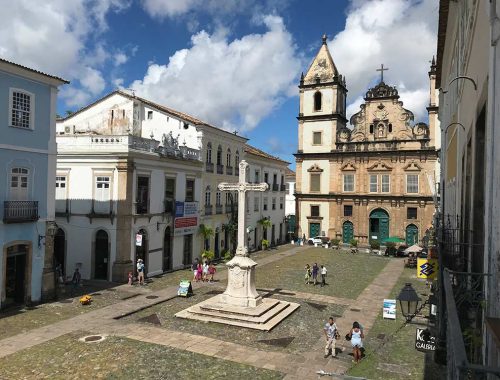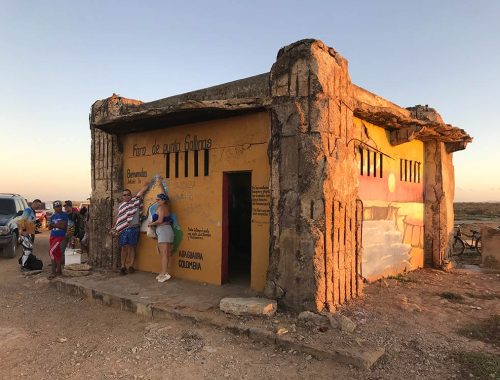When it came to picking a place to settle down for a few months to get some work done I had some ideas in mind. However, there was one important requirement: it had to be warm. Even though winters in Portugal are mild by European standards, the atrocious lack of insulation makes them a lot tougher to bear. Especially, in my case, after living in London for over a decade used to the toasty warmth of central heating all through the cold season!
Now, having done my share of travelling across the globe I tend to keep a list of places where I’ve felt “at home” – places where I’d one day not mind to live for a bit because… well, because they just felt right. Santa Marta is one such place but it wasn’t the only one I considered for this adventure, there were a couple of others! My first option was settling down on a secluded Thai island but the short tourist visa (30 days on arrival) and the volatile pandemic situation pretty much eliminated it right away. A shame, because I LOVE Thailand!
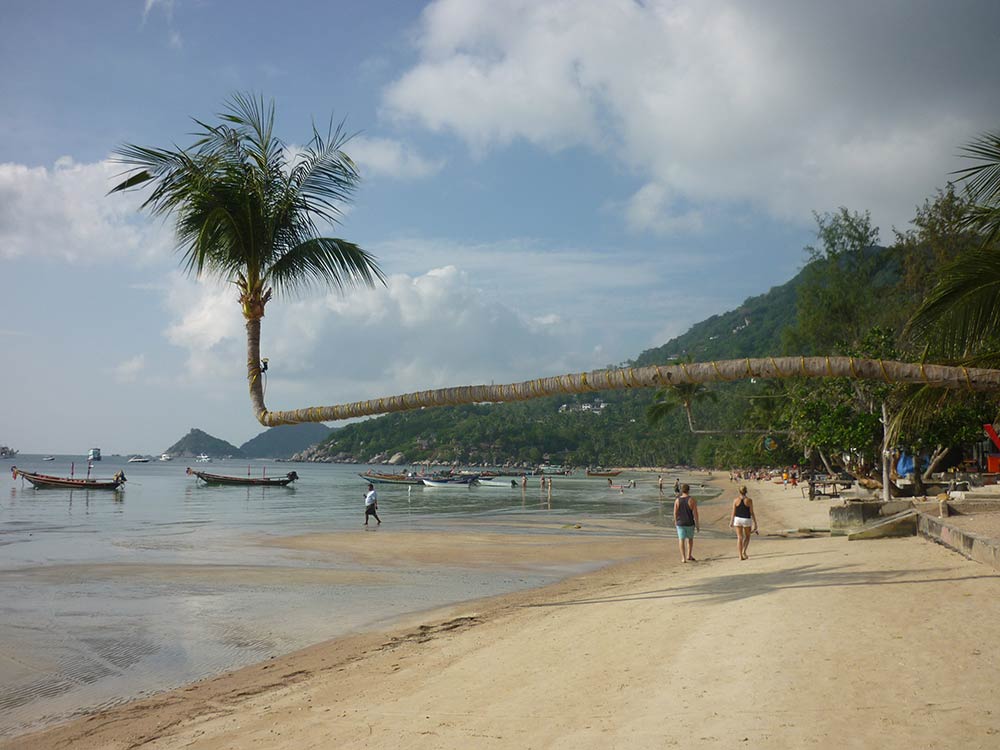
The second option was Chefchaouen, in Morocco. The Blue Pearl, as it is known, features a stunning medina (painted in shades of blue, hence the nickname) surrounded by beautiful mountains. It’s a very inspiring place once you learn to avoid the tourists! To give you an idea of how much I liked it, when I visited back in 2019 I was expecting to stay a couple of nights and ended up staying over a week. That cool! While the visa situation in Morocco is a little friendlier (90 days on arrival) the cold would definitely be an issue so… yeah, no bueno.
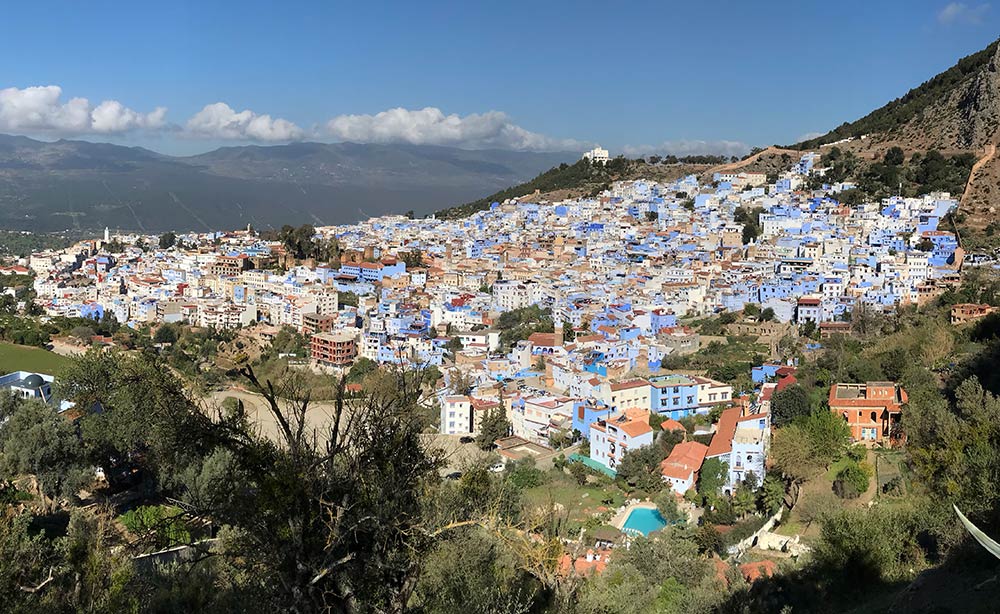
The third (and less idyllic) option was Santa Marta, a place I’d visited on my round-the-world trip in 2015 and really liked. For no apparent reason. Santa Marta, unlike Cartagena, is not an open air museum ready to transport you back in time. Most of the tourists staying in town do so because they want to explore the nearby Tayrona National Park, Minca, or go on a tour to the Lost City. They tend to use Santa Marta as a base to visit those destinations and hardly stay longer than a couple of nights in the city at a time.
Which is understandable since the city itself doesn’t have all that much to offer in terms of culture. I actually prefer it that way as it makes it more genuine and less geared towards tourism. It has a few squares with churches and restaurants, like every other Latin American city, and… not much else besides a small beach that isn’t all that great and hot temperatures year-round. In other words, it was just what I was looking for! With Colombia offering a 90-day visa (that can be easily extended for an extra 90 days!) my choice was rather easy.
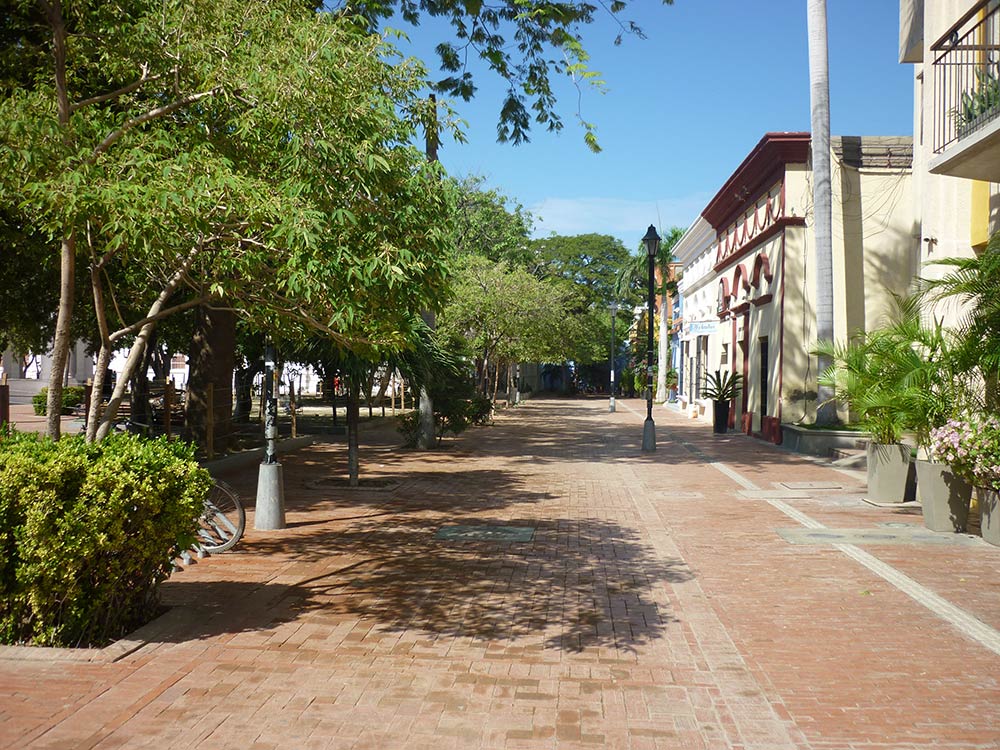
In order to be able focus on my work I needed to feel like I was not constantly missing out on something. I have a hard time not exploring new places and Santa Marta is perfect in that sense, because it really is just a normal – very accessible – city. Not too big, not too flashy. It has a colonial Old Town with several shops and restaurants that gets very busy during the day but once you take a couple of laps around town you’ve really seen it all. Perfect, like I said. My plan was to settle into some sort of work routine and just let it flow.
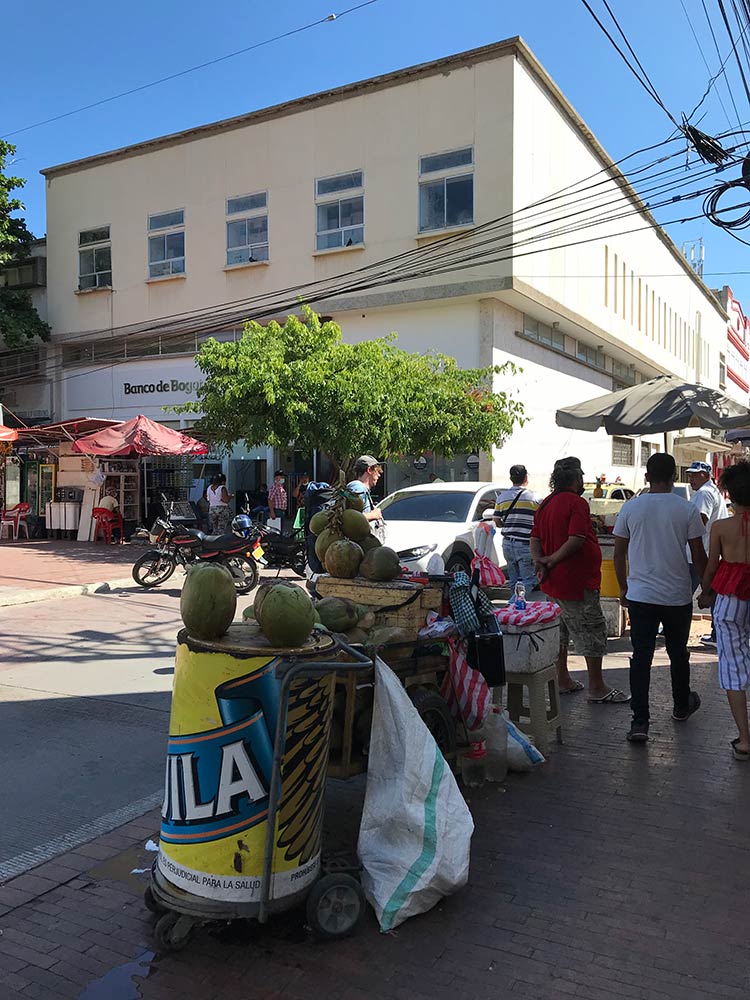
Despite my excitement to be back in Santa Marta things didn’t really get off to a great start. I had asked the hostel for a bottom bunk but was given a top one instead, the Internet connection was erratic at best (making me wonder if I’d be able to work at all!), the boardwalk was inaccessible due to renovation works, and – the cherry on top of the cake – I had a close encounter of the first kind with a knife-wielding crackhead as I wandered back to the hostel after dinner. All of this in my first few hours in the city! Not the greatest of starts, that’s for sure. It all but left me wondering whether I’d made the right decision at all!

